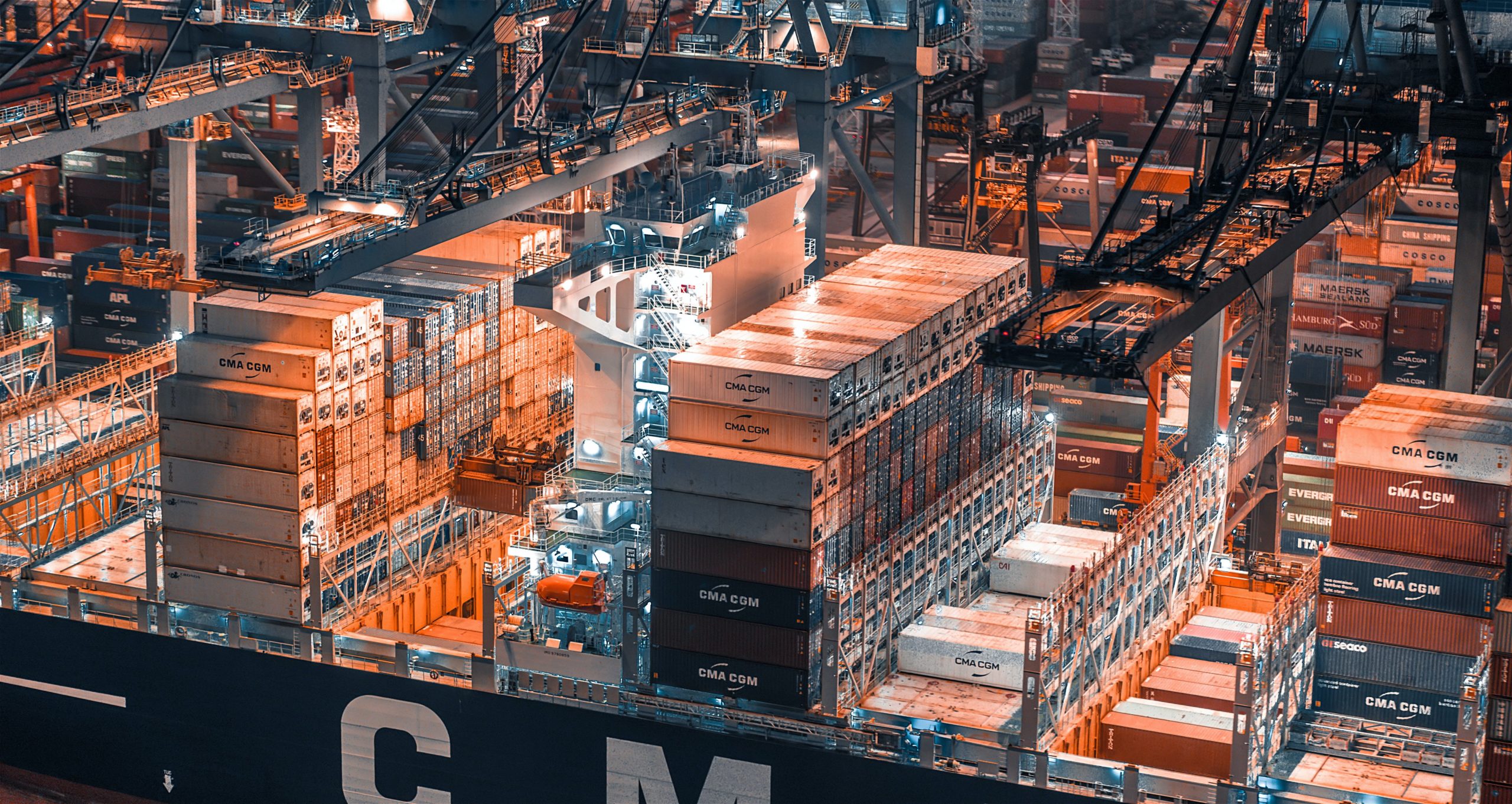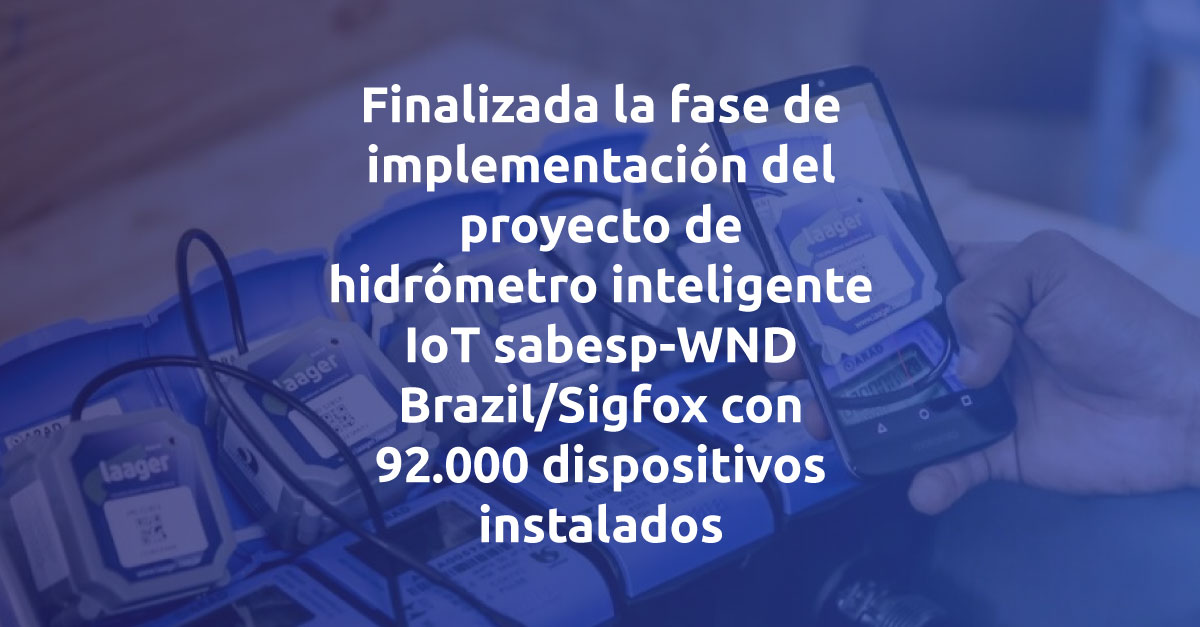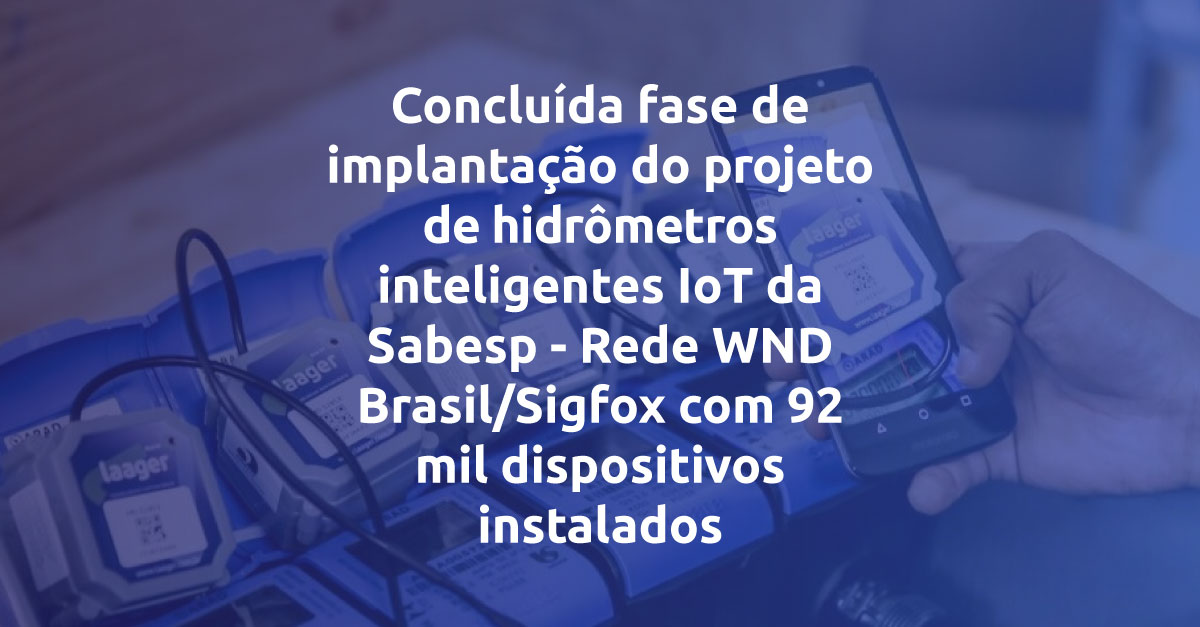Source: Carl Bellanca Jr

Back when the Internet of Things was young, asset tracking was one of the first major IoT use cases, initially employing passive barcodes and scanners to track inventory and optimize supply chains. Inexpensive RFID tags and chips soon introduced wireless scanning to asset tracking, automating the ability to track, locate and manage goods as they were stored and transported.
Today, with a burst of new capabilities including higher performance, improved accuracy and longer battery life, positioning, asset tracking and location technologies are once again at the center of IoT innovation. Employing a range of wireless technologies and incorporating sensors that can detect temperature, vibration, velocity, and other environmental factors, smaller, cheaper and more ubiquitous asset tracking technologies are giving rise to new applications and use cases and enabling ways to remotely track assets for greater visibility and control.
Tracking data can now be overlaid on maps to monitor the movement of goods in real time. The data can be processed by logistics programs to create a platform for integrated monitoring and traceability across production, distribution and warehousing of everything from replacement parts, food supplies and medications. By attaching mobile tracking devices to tools, assets or personnel within a manufacturing environment, tracking and positioning systems can provide a visual overview of movement across the facility while utilizing predictive analytics to watch for changes in patterns or anomalous activities and for opportunities to optimize productivity.
In fact, one of the most significant recent developments in asset tracking and positioning has been the increasing use of these technologies to track not just goods, but also individuals. With the COVID-19 pandemic revealing inefficiencies in the supply chain, and showcasing the need for contact tracing, the market for asset tracking and positioning technologies is booming.
New applications and use cases for asset tracking and positioning technology
While using asset tracking for inventory control is not new, the accuracy and insights that can now accompany tracking data now gives organizations critical new insights that can help optimize food supply networks, cold chain management, or delivery of medical supplies. Incorporating new sensor data with asset tracking can enable monitoring systems to inform suppliers of potential issues along the supply network. This data can be analyzed to help increase efficiency, prevent waste, and lower energy consumption, or to enable predictive maintenance around the condition of equipment, including delivery trucks and refrigeration units.
One of the fastest growing markets for positioning and tracking technologies is agriculture. Extremely accurate GNSS (Global Navigation Satellite System)-based positioning supports automated harvesting of grains and other crops. Asset tracking technologies in ear tags or neck collars can help monitor livestock location and improve management of pasture allocation. These technologies can also help monitor location of farm equipment and tools, and surveille livestock for theft.
Tracking systems are increasingly used to monitor the location of employees in factories or other facilities, as well as lone workers, or help account for or locate students on a campus. These so-called mustering solutions, which use tracking mechanisms embedded in ID cards or badges to enable visibility into the location of individuals, can provide real-time student or employee demographics to increase accountability or to improve evacuations or other responses to public safety emergencies. In conjunction with geo-fencing technologies, these tracking systems can also be used for access controls, alerts for unauthorized intrusions, and for development of more expedient management of space and movement in offices and public areas.
Some of the most innovative uses for positioning and asset tracking technologies are the healthcare and medical realms, particularly as the COVID-19 pandemic focuses attention on the need for greater efficiency and more effective responses to this public health emergency. Traditional asset tracking systems are invaluable for monitoring the location of hospital equipment and medical devices, and for tracking inventory levels of medical supplies. Positioning systems monitor the shipment and safekeeping of vaccines and human organs for transplant. New solutions are being developed that use cell phone data to monitor the movement of individuals under quarantine to help ensure compliance with restrictions in movement, and to identify and notify other persons that infected individuals have come in contact with. The pandemic has also hastened development of proximity monitoring solutions, which use positioning technologies to enhance workplace safety by enforcing social distancing policies.
Challenges of asset tracking and positioning technologies
A wide range of asset tracking and positioning solutions are being developed in a broad set of industry segments, and clearly no one-size-fits-all technology will address all these use cases. For instance, nearly all positioning and asset finding technologies rely on some form of wireless connectivity. Older asset tracking solutions often rely on Wi-Fi for connectivity, while Bluetooth low energy (BLE) offers greater accuracy and a larger coverage range, up to a mile in some environments. New BLE features include direction finding, which uses the direction of a Bluetooth signal to enable the development of proximity solutions that can understand device direction and positioning systems that can achieve centimeter-level location accuracy.
Solutions that require cloud data processing will often also include cellular connectivity, while systems that demand highly accurate positioning over very large geologies will require the use of signals from GNSS receivers that provide geo-spatial positioning with global coverage. Frequently, all-in-one positioning platforms or modules will incorporate multiple wireless protocols in a single device to accommodate a wide range of possible use cases, and provide multiple options for connectivity in “noisy” or otherwise challenging environments, such as dense urban canyons. These wireless platforms and receivers will also need to employ a range of robust security features to fend off a variety of malicious threats across a vast, global wireless attack surface.
As location transmitters become more and more pervasive, they will also need to become increasingly small and inexpensive. Because many of these transmitters will be attached to items that are on the move, and will be powered by batteries or energy-harvesting technologies, they will need to offer low energy consumption. Yet these transmitters will also need to produce signals robust enough to communicate with wireless or cellular networks, or satellites, and be hardened for dependable operation “in the wild,” whether that’s in the hold of a boat crossing the Pacific or on a cow’s collar in a remote mountain pasture.
Author: Carl Bellanca Jr
About WNDUK
WND UK, is the UK #0G secure sensor data network operator, powered by Sigfox. The public network, which was deployed in a period of just 18 months, covers over 90% of the UK’s population. WND is now continuing to strengthen our network through densification and by working with channel partners to achieve deep in-building coverage where required.
Sigfox is the world’s first global dedicated low-power wide-area network (LPWAN) communications service for sensor data, typically deployed in Internet of Things (IoT) applications. WND UK’s network solution provides reliable and affordable communications for sensor devices that require very little power.
WND UK’s growing ecosystem of channel partners operate across a broad range of industry sectors providing a range of applications, such as the monitoring of legionella in healthcare and public sector buildings, automated meter readings for utilities, property technology, leak detection and asset management within logistical, returnable packaging and post and parcel sectors. Learn more: WND Technology Overview



